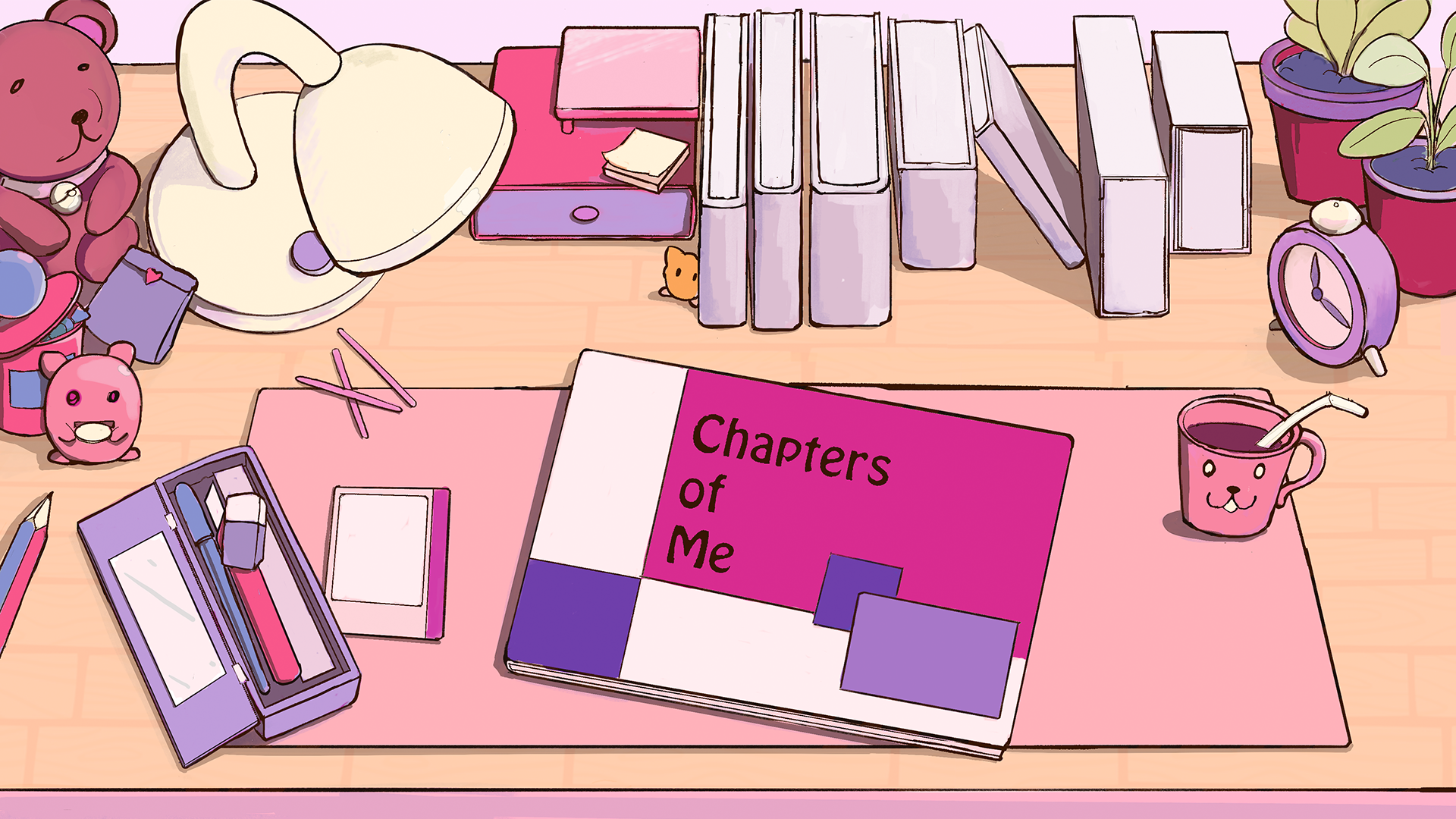Chapter of How Story Begins
1. Prologue... The Very Beginning
During the winter break before our final semester began, we brainstormed a bunch of ideas for our capstone project. One idea finally stood out: a card game where all cards are different versions of the same character.
With this core concept, we started developing various gameplay mechanics and world settings.
Our goal was to create a strategic yet straightforward game—something that didn’t rely on heavy text or complex calculations. We wanted something more like checkers or chess, but with characters that had unique abilities. Since many of us were also hooked on Splatoon-style territory control, we considered incorporating a turf war element as well.
With these constraints and inspirations, the main gameplay loop emerged naturally. We then focused on fleshing out the rules, making sure every element tied into the core loop, and balancing things by limiting overpowered abilities.
2. Start Small...
For the “different versions of me” concept, we initially imagined a multi-universe sci-fi setting, like Spider-Verse. But we soon realized that explaining such a complex setting would be difficult—especially since we didn’t plan to make a narrative-heavy game.
From screenwriting resources, we learned that it’s easier to tell a compelling story when it’s rooted in something familiar. So we decided to scale it down: what if everything happens in the corner of a study room?
A bookworm imagines herself as the protagonist in every book she reads. Each book has a distinct art style and setting, and the cards’ abilities reflect the stories they come from.
3. The Big Picture
Once we pitched the game, the digital prototyping began—and it was like a month-long game jam.
We chose Godot 4 as our game engine because it’s lightweight, uses a Python-like language, and is fully open source—perfect for a student project. I also found several useful plugins for managing sound, music, and scene transitions. The Godot Shaders website was a great resource for learning different visual effects.
For art, we used Adobe Photoshop, Illustrator, and Procreate. I also found Pixelmator to be a powerful image-editing tool on macOS.
So far, we’ve developed three books, with a total of 12 levels, as a demo.
4. To Be Continued...
Now that the demo is done for this semester, we’re planning to continue developing a full version of the game.
Here’s our current to-do list:
1. Code Architecture Overhaul
Honestly, I’ve spent most of my time thinking about architecture—and right now, it’s a mess. Even though I tried to design an extensible system, as we added more and more card mechanics, hardcoded solutions started piling up like cockroaches. Time for a full refactor.
2. UI/UX System
We barely had time to work on UI—it always felt like a lower priority. I just drew a random button every time I needed one. But for a polished game, UI is crucial. Someone’s going to need to take charge of this.
3. Design Dilemmas
We currently use a stat-less checkerboard-style system, but we’re concerned about the level of strategic depth it offers. We’re still evaluating the overall design and figuring out what direction the game should take.
Files
Get Chapters of Me - DEMO
Chapters of Me - DEMO
A card game where all player card
| Status | In development |
| Authors | Ryuka, VV(Shuoyu) Chen, 10000Cats |
| Genre | Card Game |
| Tags | 2D, Cute, Singleplayer |
More posts
- The stories behind books4 days ago

Leave a comment
Log in with itch.io to leave a comment.